Transport Canada Exam Prep Classes
Condensed exam preparation workshop for Transport Canada written exams.

INRAT Exam Workshop
A 3-day course focused on preparing you for the INRAT instrument pilot exam.
A exam class preparing students for more Transport Canada questions for instrument pilots about air law, instrumentation, navigation and radio aids, meteorology, human factors and airmanship.
- 3 days
- 8 hours/day
Requirement to pass the INRAT Exam for the Instrument (IFR) Rating
The Instrument Rating (INRAT) exam is a critical step for pilots aiming to enhance their flying capabilities by obtaining an instrument rating. This rating allows pilots to operate aircraft in a broader range of weather conditions, specifically those that require flying under Instrument Flight Rules (IFR). Successfully passing the INRAT exam demonstrates a pilot’s proficiency in understanding and applying the necessary skills and knowledge for instrument flying.
The importance of the INRAT exam lies in its rigorous assessment of a pilot’s ability to navigate and control an aircraft solely by reference to instruments.
Holding an instrument rating can significantly enhance a pilot's career prospects. It is a valuable qualification for those seeking employment with airlines, charter companies, and other aviation organizations. It also provides greater flexibility and confidence for personal flying endeavors. Overall, the INRAT exam is a crucial milestone for any pilot looking to advance their skills and expand their flying opportunities.
INRAT Exam Format and Structure
Understanding the format and structure of the INRAT exam is essential for effective preparation. The exam is designed to test a pilot’s knowledge in instrument flying. It typically consists of multiple-choice questions that cover a wide range of topics related to instrument flight rules (IFR) and procedures.
The INRAT exam includes questions on flight planning and navigation, meteorology, air traffic control (ATC) procedures, and the interpretation of flight instruments. Each question is crafted to assess a pilot’s ability to apply theoretical knowledge to practical scenarios. Pilots are required to demonstrate a thorough understanding of IFR charts, instrument approach procedures, and the use of navigation aids.
The exam duration is usually around three hours, and it is conducted in a computerized format at designated testing centers. Pilots must achieve a minimum of 70% passing score to qualify for the instrument rating. Familiarizing yourself with the exam format and practicing with sample questions can greatly enhance your confidence and performance on the day of the test.
Key Topics Covered in the INRAT Exam
The INRAT exam covers a comprehensive range of topics that are crucial for instrument flying. One of the primary areas of focus is flight planning and navigation. Pilots must demonstrate their ability to plan IFR flights, including the selection of appropriate routes, altitudes, and alternate airports. This involves a deep understanding of IFR charts and the use of navigation aids like VOR, NDB, and GPS.
Meteorology is another critical topic, as it plays a significant role in instrument flying. The exam tests a pilot’s knowledge of weather patterns, forecasts, and the interpretation of meteorological data. Pilots need to understand how different weather conditions can impact flight safety and decision-making.
Air traffic control (ATC) procedures are also extensively covered. Pilots must be familiar with IFR clearances, radio communication protocols, and the various phases of flight under ATC guidance. This includes holding patterns, instrument approach procedures, and missed approach procedures.
Additionally, the exam assesses a pilot’s proficiency in interpreting flight instruments. This involves understanding the functionality and limitations of instruments such as the attitude indicator, altimeter, and heading indicator.
Tips for the Day Before the INRAT Exam
The day before the INRAT exam is crucial for ensuring you are mentally and physically prepared. Start by reviewing your study materials one last time, focusing on key areas where you feel less confident. Avoid cramming new information, as this can increase stress levels and reduce retention.
Ensure all necessary documents and identification are ready, including your pilot’s license, medical certificate, and any confirmation of your exam booking. Familiarize yourself with the location of the testing center and plan your route to avoid any last-minute issues.
Get a good night’s sleep to ensure you are well-rested. Fatigue can impair cognitive function and negatively impact your performance. Eat a balanced meal the night before and have a nutritious breakfast on the day of the exam to maintain energy levels.
Prepare mentally by visualizing a positive outcome. Stay calm and confident in your abilities, knowing that you have adequately prepared. Relaxation techniques such as deep breathing or light exercise can help reduce pre-exam anxiety.
By taking these steps, you can approach the INRAT exam with a clear mind and focused energy, increasing your chances of success.
What to Expect on the Day of the INRAT Exam
On the day of the INRAT exam, arrive at the testing center early to allow time for check-in procedures and to settle in. Bring all required documentation, including your pilot’s license, medical certificate, and identification. Ensure you have any permitted materials, such as a flight computer or navigation plotter, as specified by the testing center guidelines.
The exam will typically be conducted in a computerized format. You will be assigned a workstation and given instructions on how to navigate the exam interface. Take a few moments to familiarize yourself with the system before starting the exam.
During the exam, manage your time effectively. Read each question carefully and make sure you understand what is being asked before selecting your answer. If you encounter difficult questions, move on and return to them later to ensure you complete all sections of the exam within the allotted time.
Stay calm and focused throughout the exam. Use deep breathing techniques if you feel anxious, and take short breaks if allowed to clear your mind. Remember that you have prepared thoroughly and trust in your knowledge and skills.
After completing the exam, you will receive your results. If you successfully complete the INRAT exam, you will be one step closer to obtaining your instrument rating, enhancing your capabilities as a pilot.
Start Training
"*" indicates required fields









